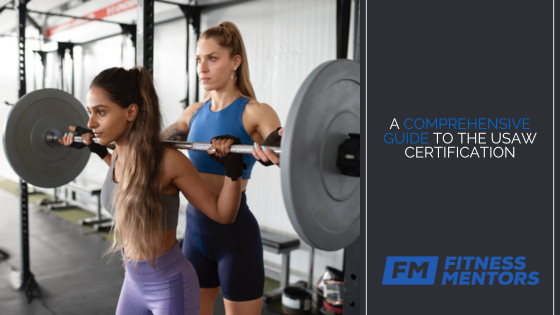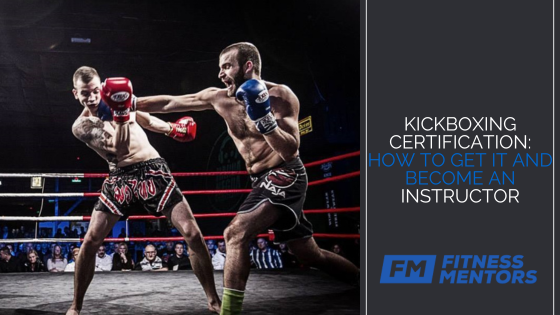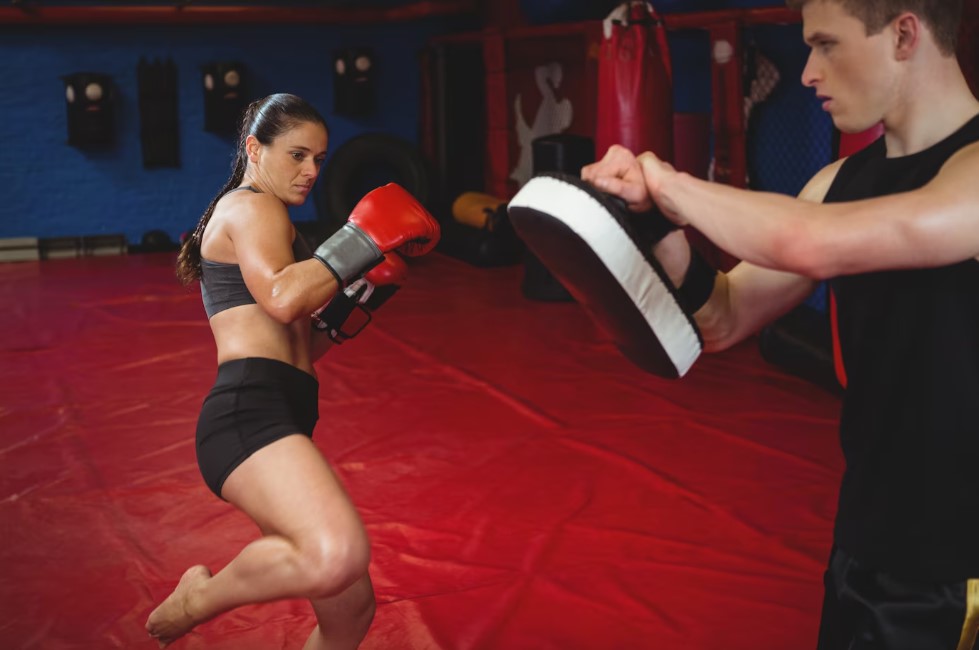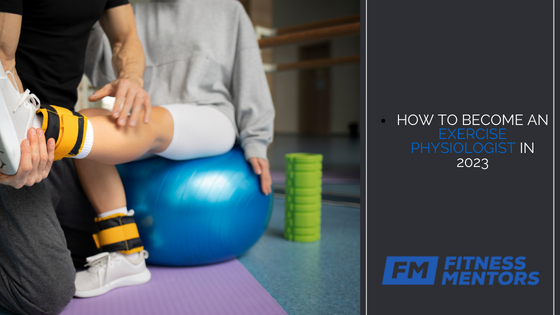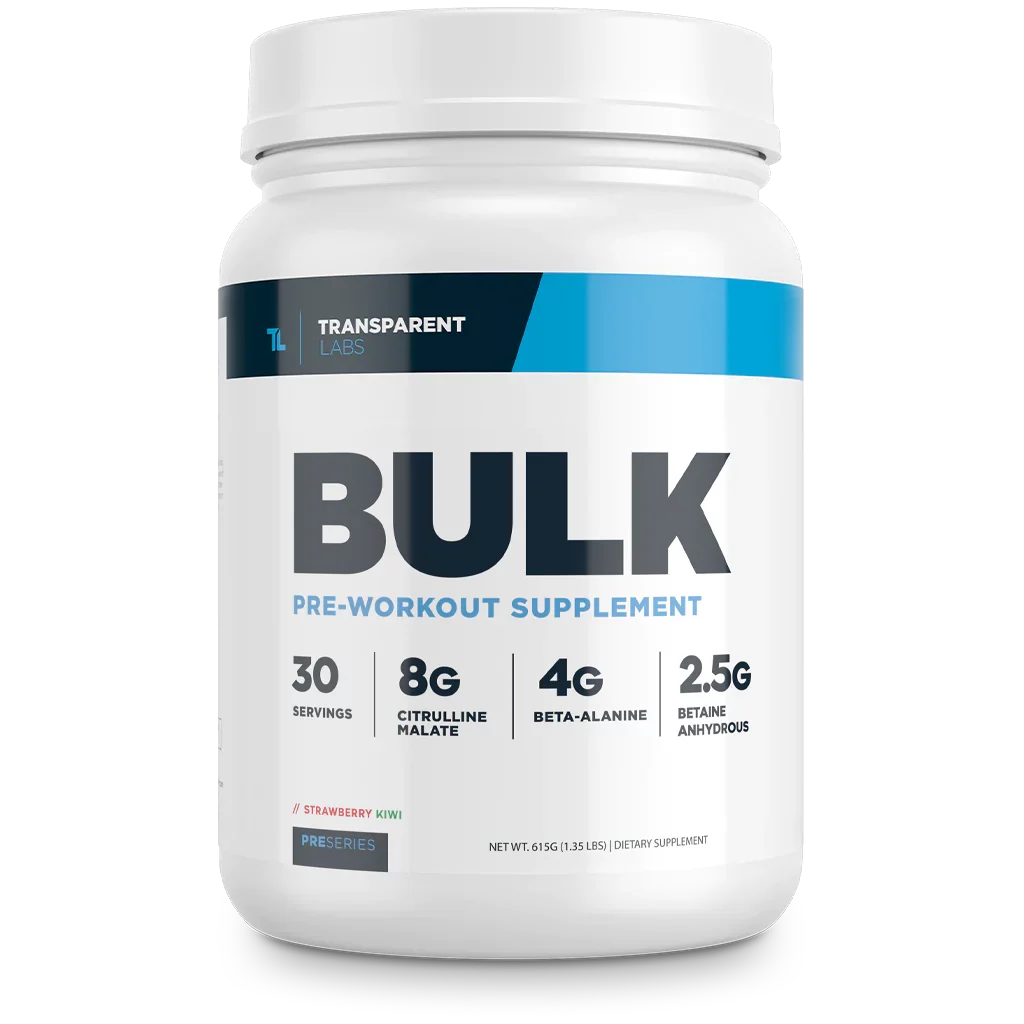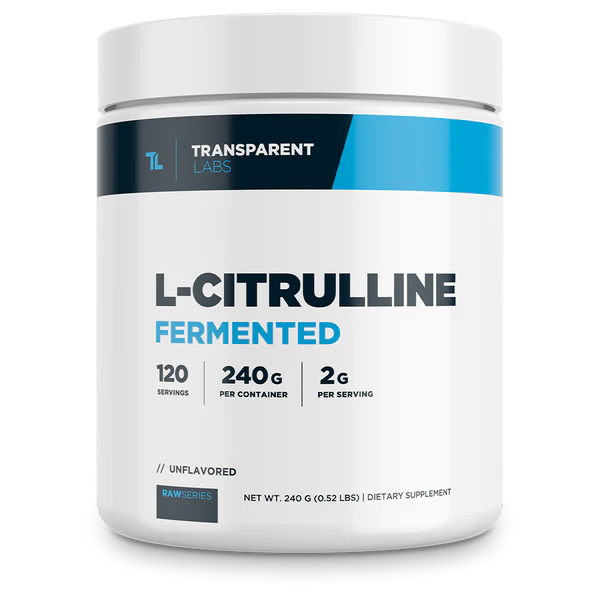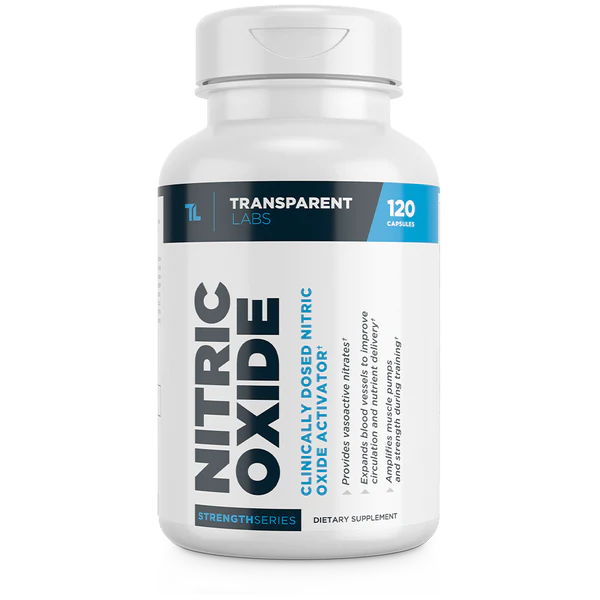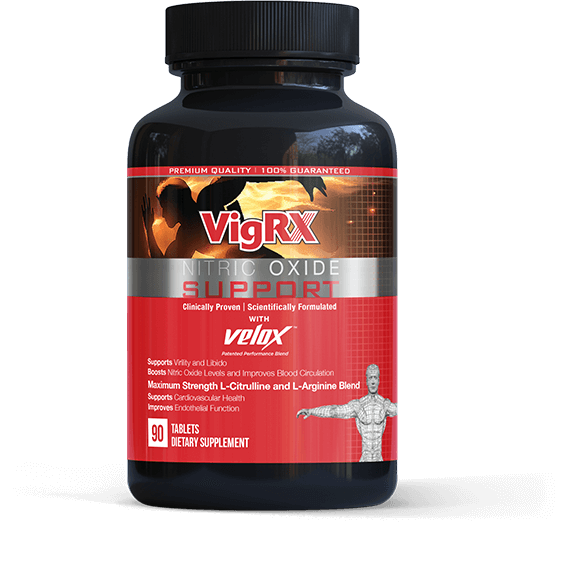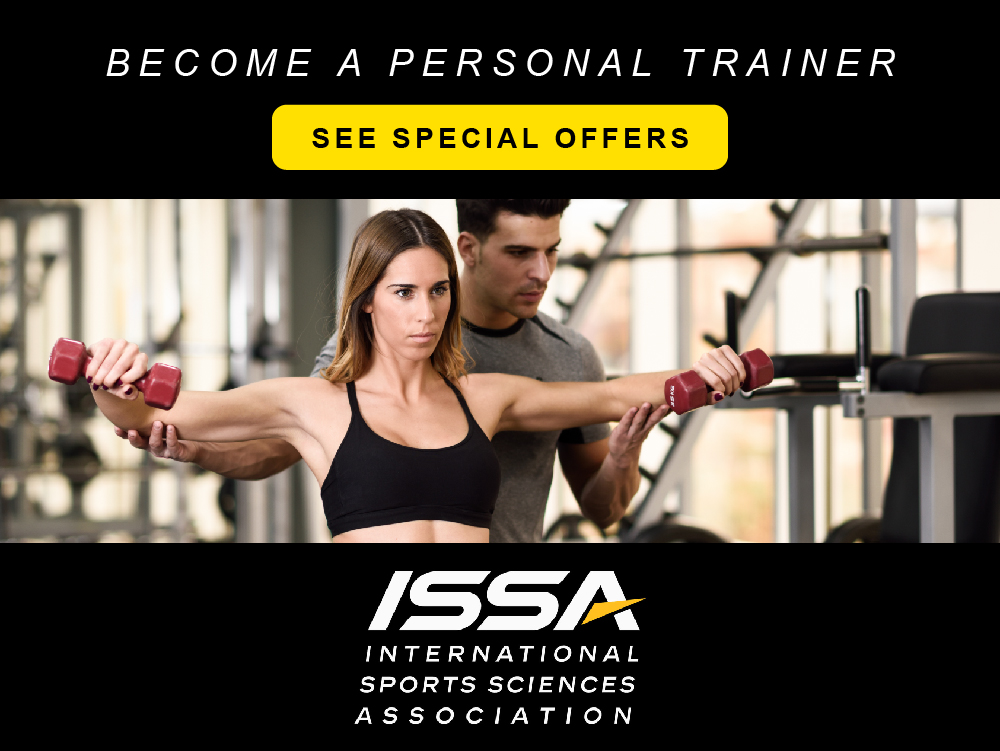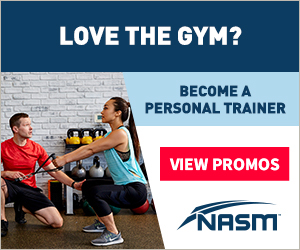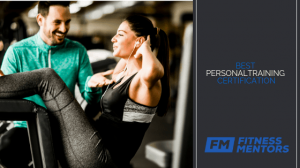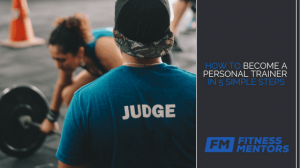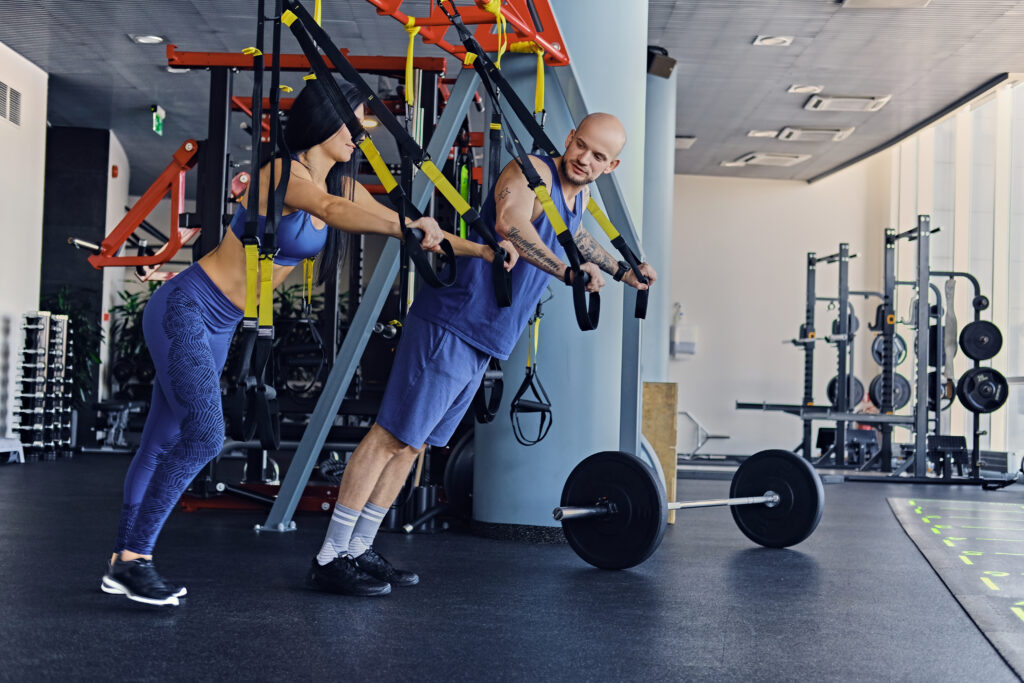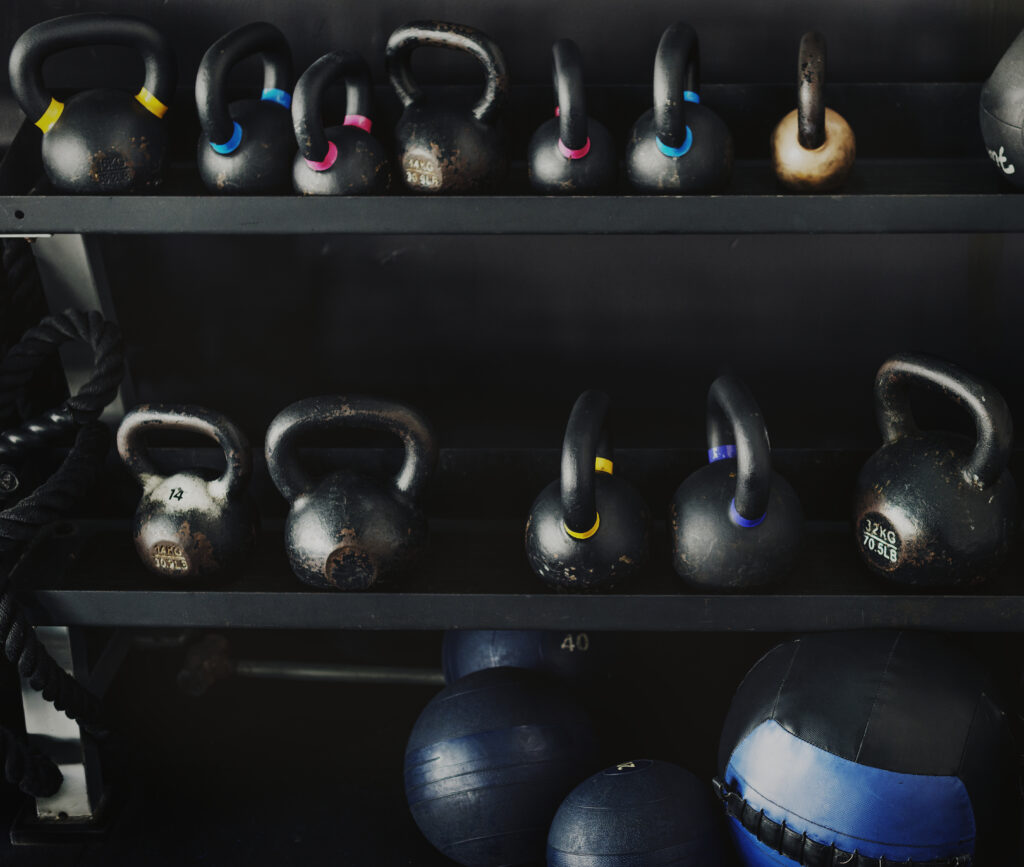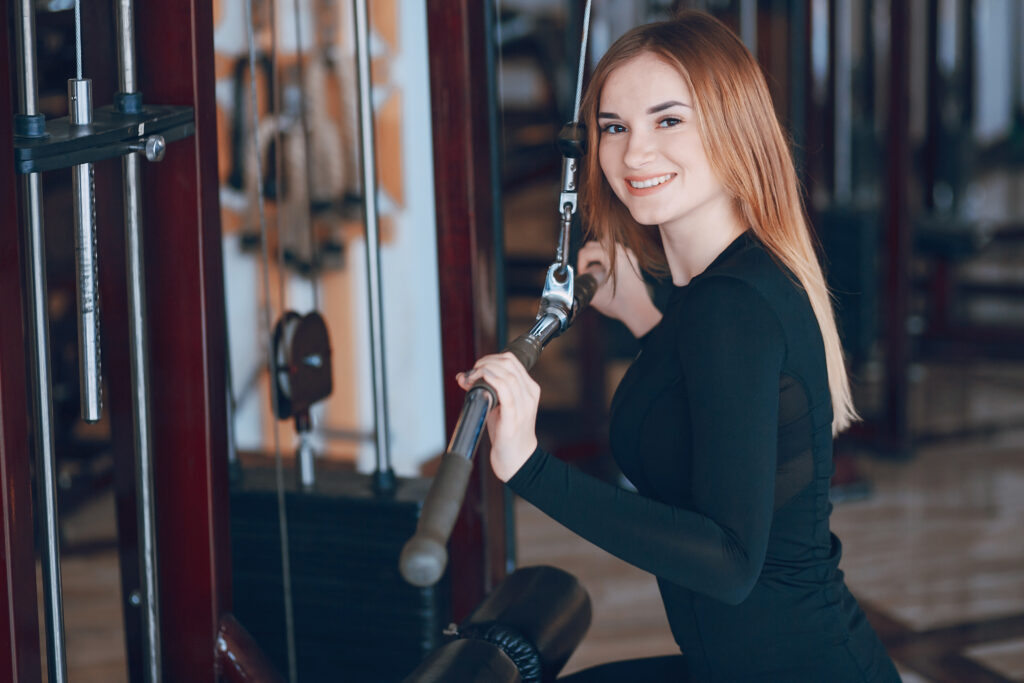In this guide, we’ll walk you through everything you need to know about the USA Weightlifting certification, from its history and benefits to the certification process and beyond.
Understanding the USA Weightlifting Certification
History and Background
USA Weightlifting, the official governing body for the sport of weightlifting in the United States, has been fostering excellence in weightlifting since its inception. With over 250,000 members and the mission to promote and develop weightlifting at all levels, USA Weightlifting offers certification programs designed to equip coaches with the skills and knowledge they need to guide athletes toward success.
Certification Levels
Level 1: Sports Performance Coach
This entry-level certification provides coaches with a foundational understanding of weightlifting techniques, safety protocols, and programming fundamentals. It’s perfect for those who are new to coaching or looking to enhance their coaching skills.Level 2: Advanced Sports Performance Coach
Building upon the Level 1 certification, this advanced level delves deeper into advanced techniques, programming strategies, and athlete performance analysis. It’s ideal for coaches who are ready to take their coaching career to the next level.Eligibility Criteria and Prerequisites
To pursue a USA Weightlifting certification, certain prerequisites must be met. These usually include a minimum age requirement, completion of educational modules, and, in some cases, prior coaching experience. The organization outlines these prerequisites clearly to ensure that certified coaches are well-prepared to guide athletes effectively and safely. Here are a few things you should expect:
Age Requirement: To embark on the exciting journey of the USA Weightlifting certification, you’ll need to meet a minimum age requirement. Generally, this age requirement is 17 years old. This ensures that you have the maturity and understanding necessary to embark on a coaching career and guide athletes effectively.
Educational Modules: As you set out on your certification path, you’ll encounter educational modules designed to equip you with the knowledge you need. These modules cover a range of topics, from weightlifting techniques to coaching methodologies. Completing these modules not only enhances your understanding but also prepares you for success in the certification process.
Coaching Experience (Varies): When it comes to coaching experience, there’s flexibility. While prior coaching experience can be advantageous, especially if you’re aiming for the advanced certification level, it’s not always a strict requirement. Whether you’re an experienced coach or someone new to the coaching realm, the USA Weightlifting certification is attainable and tailored to accommodate various experience levels.
Passion for Weightlifting: Your genuine passion for weightlifting is your driving force. It’s what fuels your desire to help athletes excel, and it’s the spark that ignites your coaching journey. Your enthusiasm for the sport will not only make the certification process engaging but also set the tone for your coaching career.
Physical Fitness: While you don’t need to be an Olympic weightlifter yourself, having a basic level of physical fitness is beneficial. It allows you to better understand the physical demands that athletes face, empathize with their challenges, and provide tailored guidance based on your own experiences.
Commitment to Learning: As the weightlifting landscape evolves, your commitment to continuous learning becomes vital. By staying updated with the latest coaching techniques, safety protocols, and industry trends, you ensure that your certification remains relevant and your coaching remains effective.
Positive Attitude: Coaching is not just about sets and reps; it’s about building relationships, motivating athletes, and creating a positive training environment. A positive and supportive attitude goes a long way in fostering athlete development, building trust, and ensuring a fulfilling coaching experience for both you and your athletes.
Benefits of a USA Weightlifting Certification
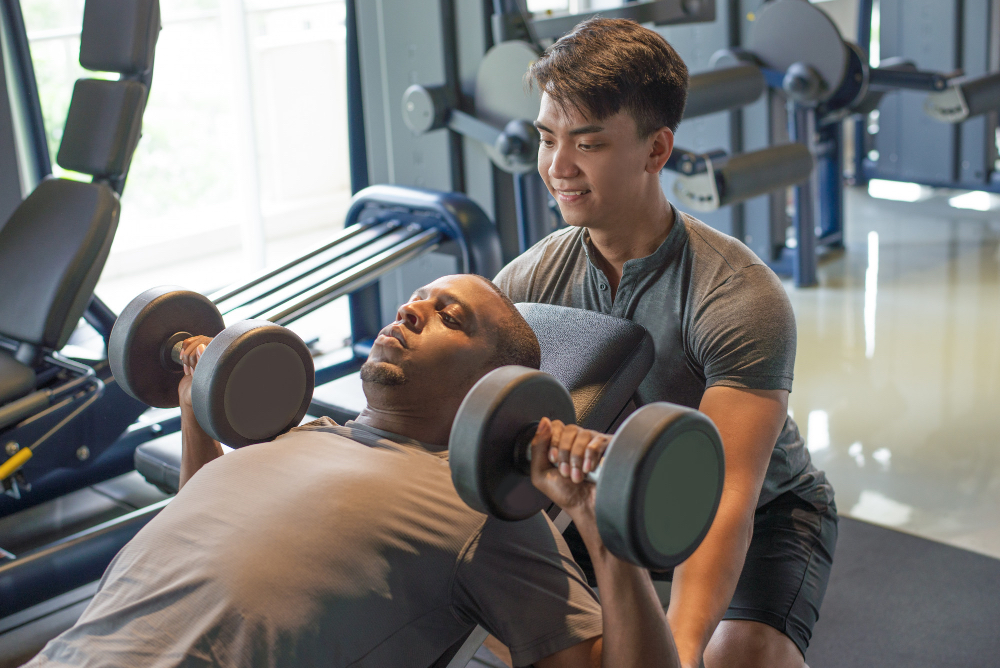
Enhanced Coaching Skills and Knowledge
Obtaining the USA Weightlifting certification isn’t just about getting a piece of paper. It’s about gaining valuable insights into weightlifting techniques, coaching methodologies, and athlete management. You’ll learn how to identify and correct lifting techniques, program effective training regimens, and tailor your coaching approach to different skill levels.
Credibility and Recognition
The USA Weightlifting certification adds a layer of credibility to your coaching credentials. As a certified coach, you’re recognized as someone who has undergone rigorous training and assessment, making you a trusted expert in the field. This recognition can open doors to coaching opportunities at gyms, sports teams, and beyond.
Working with Diverse Clientele
Whether you’re working with beginners or seasoned athletes, a USA Weightlifting certification equips you with the skills to cater to a diverse range of clients. From teaching proper form to newcomers to fine-tuning techniques for elite athletes, your certification prepares you to address various coaching scenarios.
Access to Ongoing Education and Resources
The world of fitness and weightlifting is constantly evolving. USA Weightlifting understands this and provides certified coaches with access to a wealth of ongoing education opportunities, workshops, webinars, and resources. This ensures that you stay up-to-date with the latest
USA Weightlifting Certification Process
Becoming a Certified Coach
To become a USA Weightlifting certified coach, you’ll need to follow a structured certification process. This typically involves the following steps:
1. Registration and Application
Begin by registering for the certification program of your choice. The application process is straightforward and can be completed online.
2. Written Exam
The USA Weightlifting (USAW) exam is a comprehensive assessment that evaluates your knowledge and understanding of weightlifting coaching principles. It covers a range of topics, including weightlifting techniques, coaching methodologies, safety protocols, programming strategies, and nutritional guidance. The exam is designed to ensure that you’re equipped with the necessary skills to guide athletes effectively and safely in their weightlifting journey. It typically consists of a written portion that tests your theoretical knowledge and a practical portion that assesses your ability to apply coaching techniques in a hands-on setting.
3. Practical Exam
The practical exam evaluates your coaching skills in a hands-on setting. You’ll be required to demonstrate your ability to coach athletes through various lifts, provide feedback, and ensure their safety during training.
4. Continuing Education
After you’ve earned your USAW certification, the journey of learning and growth doesn’t stop. The timing for continued education varies depending on your certification level and the policies of USA Weightlifting. Generally, you’ll be required to engage in continued education on an ongoing basis, typically over a set period, such as every two years.
Core Topics Covered in Certification
Weightlifting Techniques and Mechanics
Safety and Injury Prevention
Programming for Different Levels
Nutritional Guidance for Weightlifters
Exploring Career Opportunities
Coaching Roles
Income and Growth Prospects
Group Fitness Instructor Takeaway
Comparison with Other Certifications
Standout Features of the USA Weightlifting Certification
Why a USA Weightlifting Certification?
Maintaining Certification and Continuous Learning
Staying Updated
Engaging in Workshops and Seminars
Frequently Asked Questions
While prior coaching experience can be beneficial, it’s not always a strict requirement. The certification programs are designed to accommodate both newcomers and experienced coaches.
The timeline varies depending on factors such as your availability, study pace, and exam schedules. On average, individuals can complete the certification process within a few months.
Absolutely! A USA Weightlifting certification equips you to coach athletes of various ages and skill levels, from teenagers to senior citizens.
While some components of the certification process may be available online, certain aspects, such as the practical exam, are usually conducted in person to assess your coaching skills effectively.
Conclusion
In conclusion, the USA Weightlifting certification is your gateway to a fulfilling and impactful career in weightlifting coaching. It’s not just about gaining a certification; it’s about immersing yourself in the world of weightlifting, honing your coaching skills, and helping athletes achieve their goals safely and effectively. The benefits, knowledge, and recognition you’ll gain through this certification are invaluable assets that can pave the way for a successful coaching journey.
So, if you’re passionate about weightlifting and aspire to make a difference in athletes’ lives, consider embarking on the exciting path of a USA Weightlifting certification. Your journey toward becoming a trusted and skilled weightlifting coach starts here.

